Believe it or not, but February is the most festive time of the year. Why? Because of the carnivals happening world-wide! The festivities typically include lively parades, rich foods, and different forms of entertainment.
Many different theories surround the origins of Carnival. Some suggest that it is derived from the Latin expression “carne vale”, which means “farewell to meat”, signifying that those were the last days when one could eat meat before the fasting of Lent. Others believe that the celebrations were a way to scare away evil spirits, thereby saying goodbye to winter and welcoming spring.
There are hundreds of carnivals across the world, but there are a select few that have proved to be the most spectacular ones.
1. The Carnival of Rio de Janeiro, Brazil
This is definitely number one carnival in the world – the greatest and most colorful. Modern Brazilian Carnival originated in Rio de Janeiro in 1641, and has become an event of huge proportions. Every year, the carnival is held between 13th and 16th of February. It begins with the crowning of the Fat King (King Momo), who is presented with a giant silver and gold key by the city’s mayor. Then it is carnival all over the place, in the streets and squares, bars, clubs and all other venues, culminating is the Samba Parade, when the best samba schools in Rio march through the half-mile long Sambodromo theater in Rio – some of them paying as much as $1,000,000 to prepare for the big day and compete to be known as the best in Brazil. Up to 50,000 spectators come to watch, and the event is broadcast around the globe.
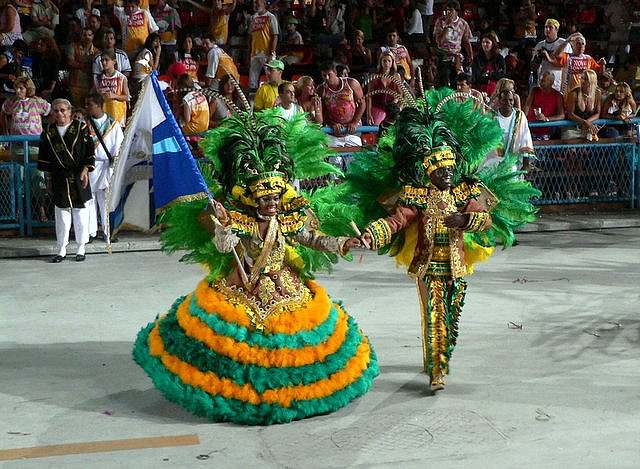
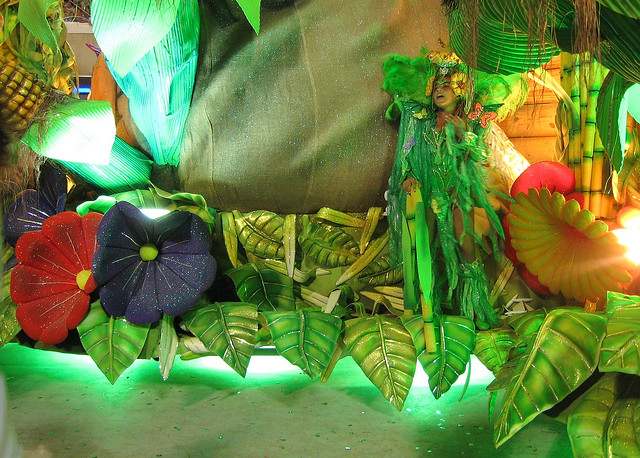
2. The Carnival of Venice, Italy
The Venice Carnival is probably the second best known carnival in the world. It starts around two weeks before Ash Wednesday and ends on Fat Tuesday, or Mardi Gras. It consists of grand balls, concerts, dances, parades and other events. The participants tend to wear elaborate costumes and masks. This congregation of masked people began in the 15th century, but the tradition can be traced back to the beginning of the 14th Century. The Venetian Mask came into being because all the residents wanted to be treated equally, no matter how rich or poor they were. Today, approximately 30,000 visitors come to Venice each day for Carnivals. In the squares street-artists and singers entertain with songs and music from their guitars, the guests of the Venice Carnival.
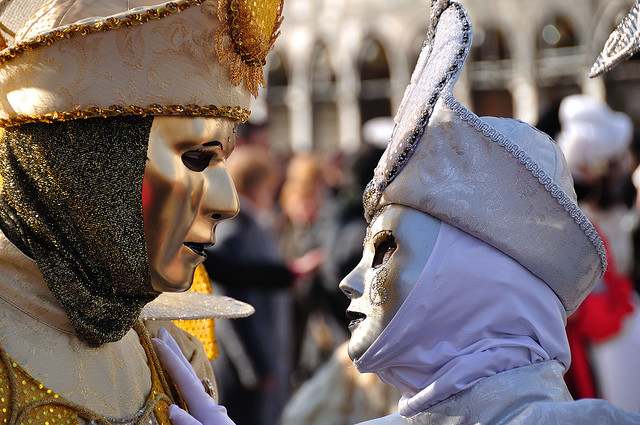
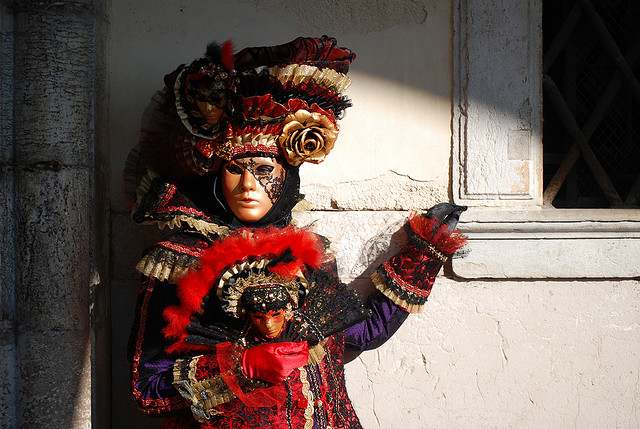
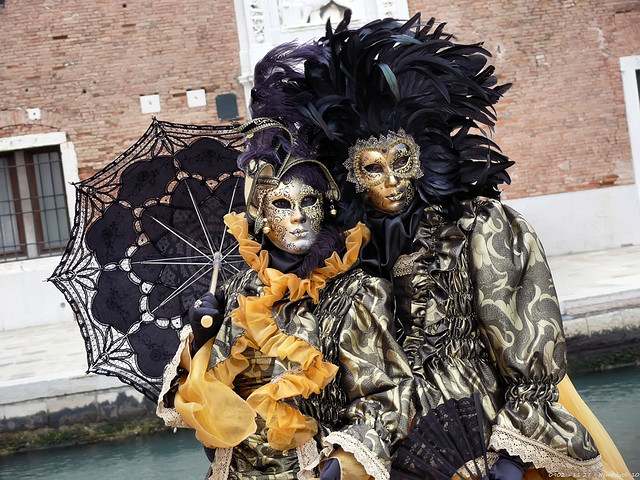
3. The Nice Carnival, France
The Nice Carnival is one of the major carnival events, alongside the Brazilian and Venetian Carnivals. At the time of carnival Nice erupts into a citywide party, with parades in the daytime and evening and a large bonfire and fireworks on Mardi Gras itself. Flower processions, floats, and parties make Nice the place to be for carnival in France. On the first day, the King of carnival arrives at Nice’s Place Masséna in great pomp surrounded by revelers in deafening screams. On the first Sunday afternoon of festivities, the carnival procession is made up of twenty or more floats and as many as 500 ‘big heads’ (paper mache caricatures). On the final day, there is a parade of intense and colorful lights through the streets of Nice. Carnival in Nice was mentioned as early as 1294. Each year since the 1873 carnival Nice France has had a “committee for the parties,” to organize more spectacular floats, more grotesque and fabulous costumes, and a more stunning celebratory atmosphere.
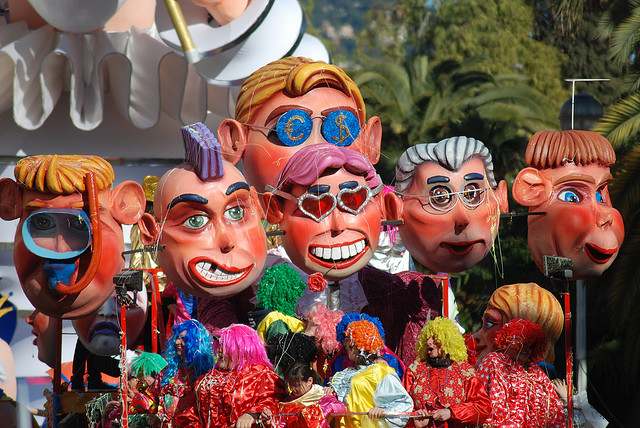
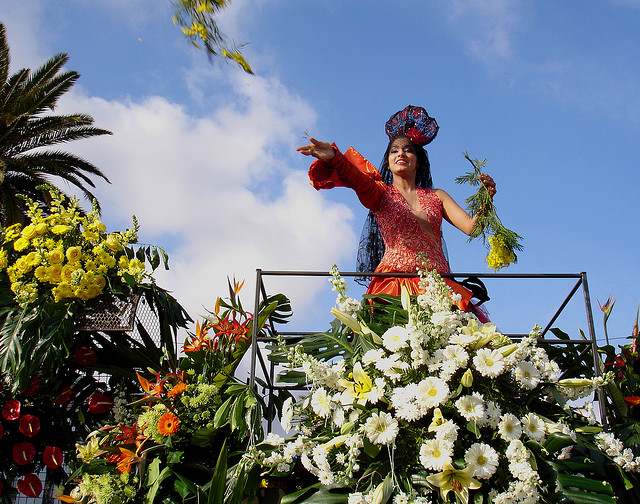
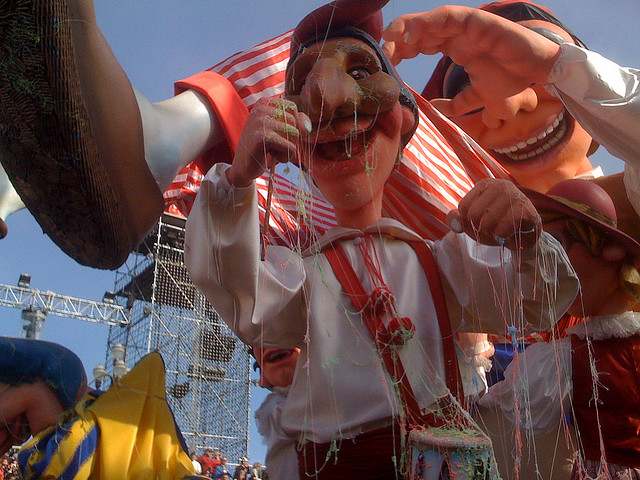
4. The Santa Cruz de Tenerife Carnival, Spain
The Carnival of Santa Cruz de Tenerife is one of the most important carnivals of the World. In fact the city of Santa Cruz de Tenerife is twinned with the city of Rio de Janeiro for this reason. The party in the streets of Santa Cruz de Tenerife starts on the Friday before Carnival with a spectacular opening parade, which reaches its height during the night, when thousands of people in fancy dress dance until the early hours of the next day. The carnival has two different parts: The Official Carnival, and the Carnival in the Street. The official one has more than a hundred groups with over fifty components each one. For the Carnival in the Street, there is just the participation of the people in the party. Thousands of people come each day to the streets to participate wearing a disguise. Dance with the local orchestra’s tunes, the Caribbean rhythms, electronic music and music of the year betting throughout the night.
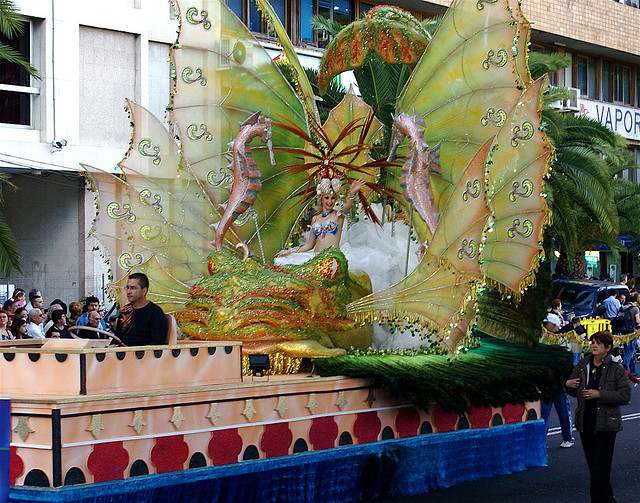
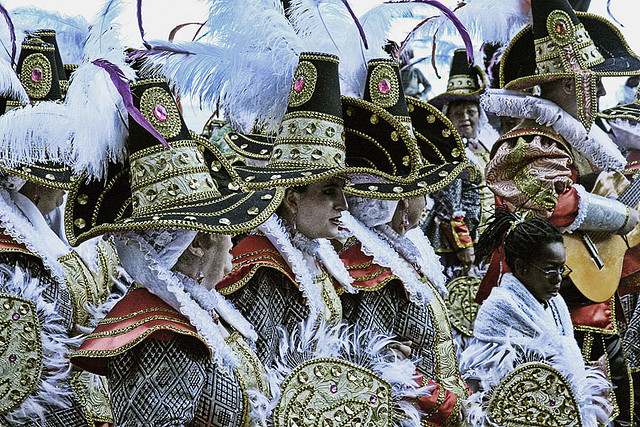
5. The Carnival of Binche, Belgium
The carnival of Binche is an event that takes place each year in the Belgian town of Binche during the Sunday, Monday, and Tuesday preceding Ash Wednesday. Its history dates back to approximately the 14th century. The centrepiece of the carnival’s proceedings are clown-like performers known as Gilles. The Gilles are characterised by their vibrant dress, wax masks and wooden footwear. They number up to 1,000 at any given time, range in age from 3 to 60, and are customarily male. The status of Gille is transmitted from father to son, and only to original inhabitants of the town. From dawn on the morning of the carnival’s final day, Gilles appear in the centre of Binche, to dance to the sound of drums and ward evil spirits away with sticks. Later, during the day, they march through the town with baskets of oranges. These oranges are thrown to and sometimes at the members of the crowd gathered to view the procession.
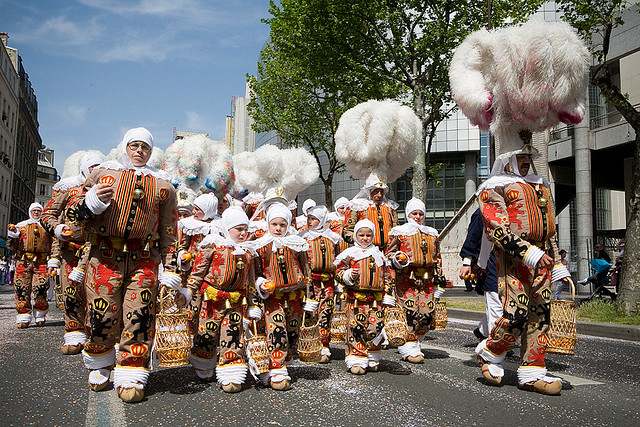
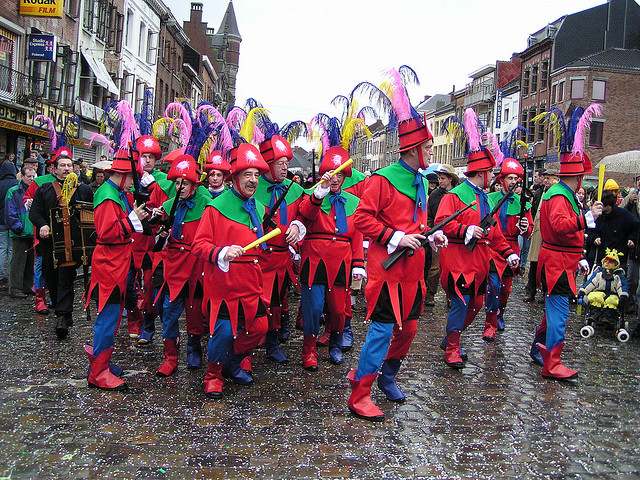
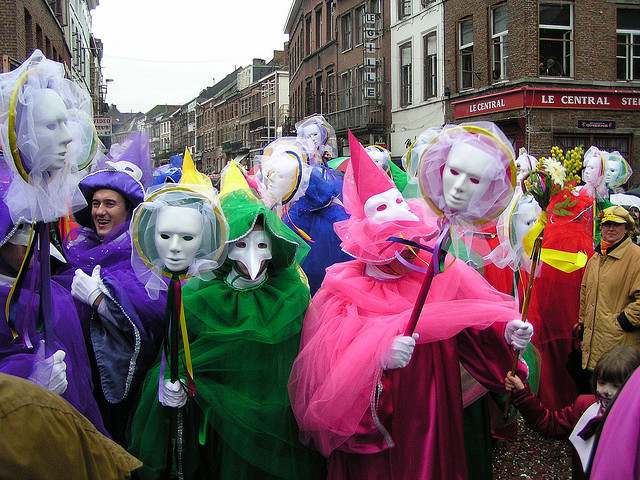
6. The Carnival of Berlin, Germany
Established in 1996 The Carnival of Cultures in Berlin, Germany has become one of the city’s most popular and anticipated events. The carnival is held each year to celebrate the diversity of cultures within the city. Berlin is home to more than 450,000 people from around the world and proud to be the most international city in Germany. Unique foods and international cuisines, along with music and dancing have brought lots of attention to Berlin. Held during late spring, the carnival offers parades that recognize up to 80 different countries and cultures. Enjoy the samba rhythms, Brazilian drummers, Congolese singers, Korean culture groups, artistic larger than life puppets – and a bit of Rio de Janeiro in the streets of the German capital.
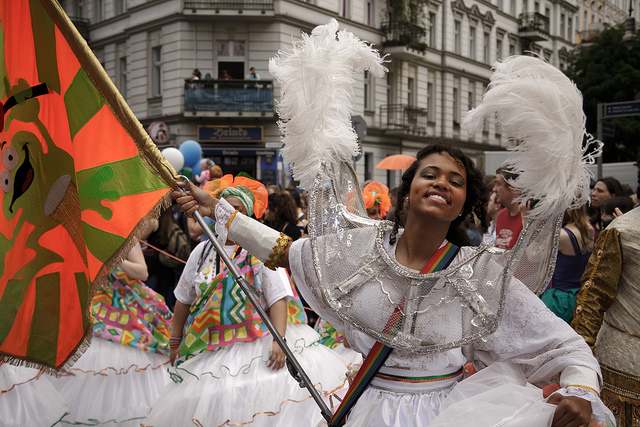
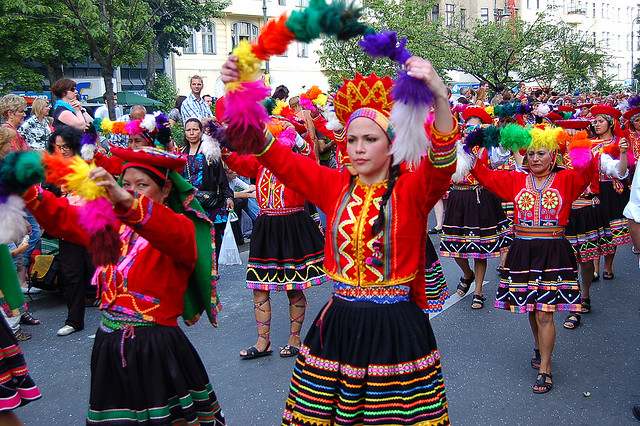
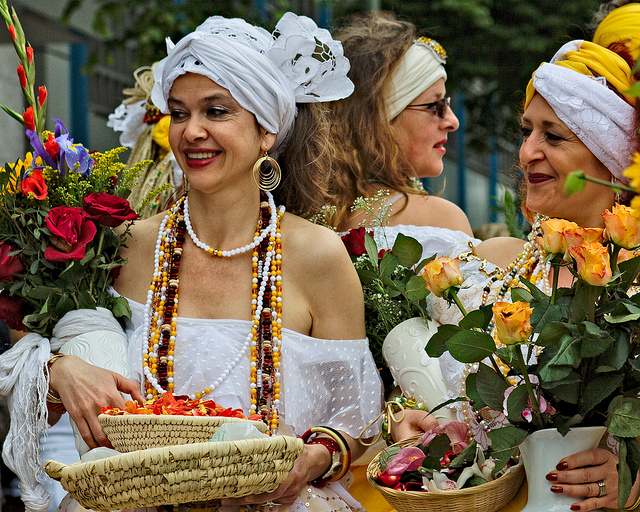
7. The Carnival of New Orleans, USA
Mardi Gras is a popular American festival that started during the mid 1800s. It is another festival, in which American citizens take part to show their respect and support to the existence of the various cultures in the city. The color scheme is always purple, green and gold symbolizing justice, power and faith accordingly. It starts after Twelfth Night, on Epiphany (January 6). A masked ball is held each year to mark the occasion. Celebrations are concentrated for about two weeks before and through Fat Tuesday (Mardi Gras in French), the day before Ash Wednesday. There is usually at least one parade every night starting two Fridays before Mardi Gras. Inexpensive strings of beads and toys have been thrown from floats to parade-goers since at least the late 19th century. More than four million people typically visit New Orleans during Carnival and Mardi Gras each year.
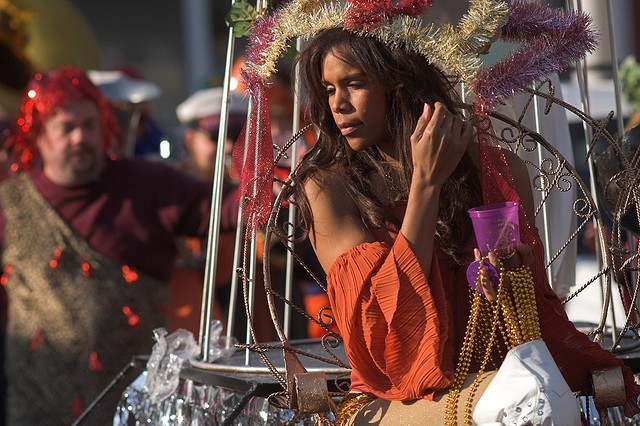
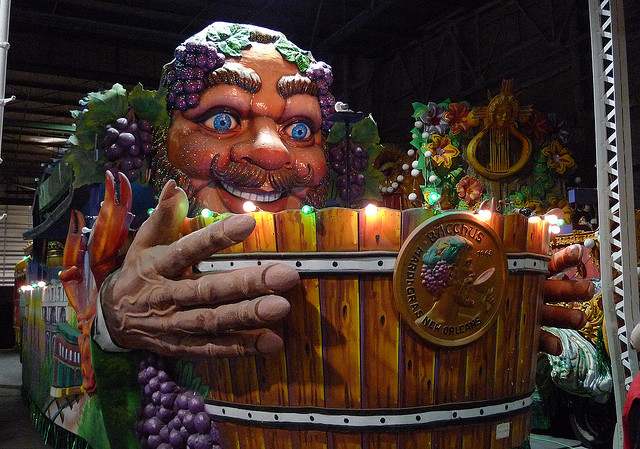
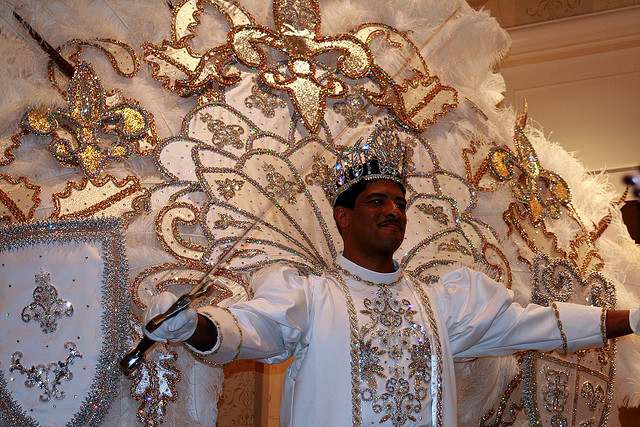
8. The Carnival of Cologne, Germany
The “fifth season of the year” as Carnival is called, begins on November 11th at 11:11 AM. A week-long street festival, also called “the crazy days”, takes place between the Fat Thursday and ends on Ash Wednesday. The “crazy days” of Carnival are celebrated with parties on the streets, in public squares and in pubs. But the highlight of the street carnival is Rose Monday with the march of “Cologne’s Dreigestirn” or Triumvirate – the Prince, the Peasant and the Maiden, who pay a large sum of money for their privileges – in the kilometre-long Rosenmontag procession going through the city. As there have been continuously more than one million spectators on the streets for the Rose Monday parade every year Cologne carnival is one of the largest street festivals in Europe.
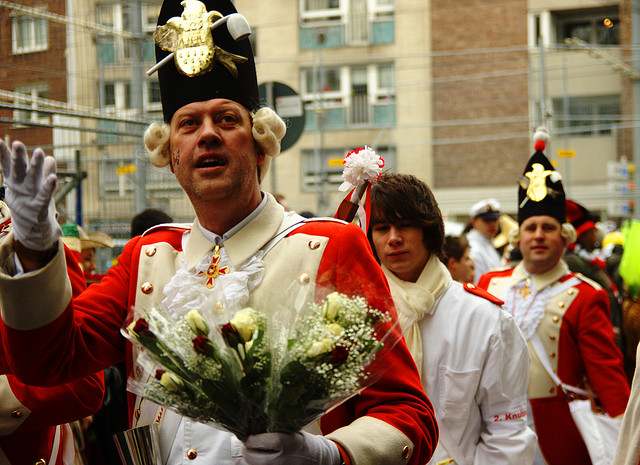
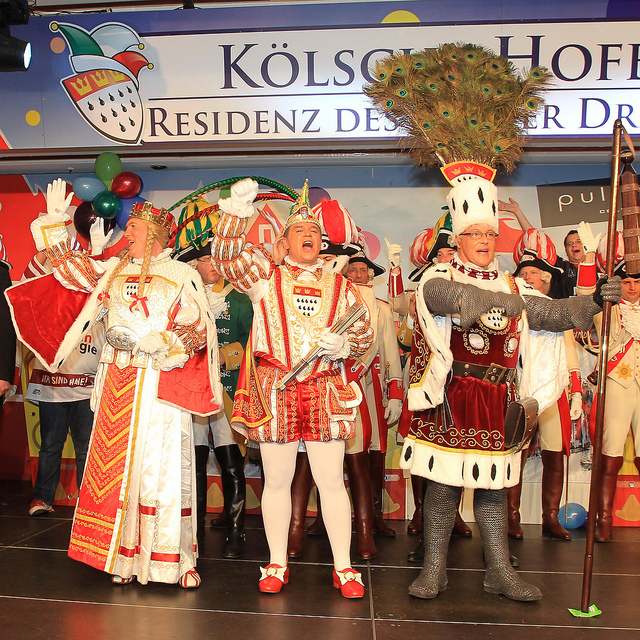
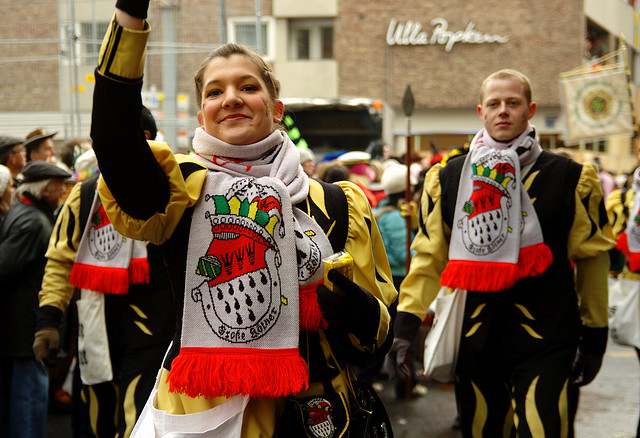
9. The Carnival of Basel, Switzerland
The Carnival of Basel is the biggest carnival in Switzerland and takes place annually between February and March in Basel. The quite old town looks like overturning a box of toys on the carnival days. Events kick off with the procession on Monday morning at 4am and end at 4am on Thursday. Over 200 illuminated lanterns are painted with illustrations and are paraded through the street, accompanied by drummers and piccolo players. According to some local historians, the throwing of confetti is a typical tradition from Basel that later spread to the rest of the world. While there is no proof for this theory, the amount of confetti used during Basler carnival is huge in comparison to other carnivals.
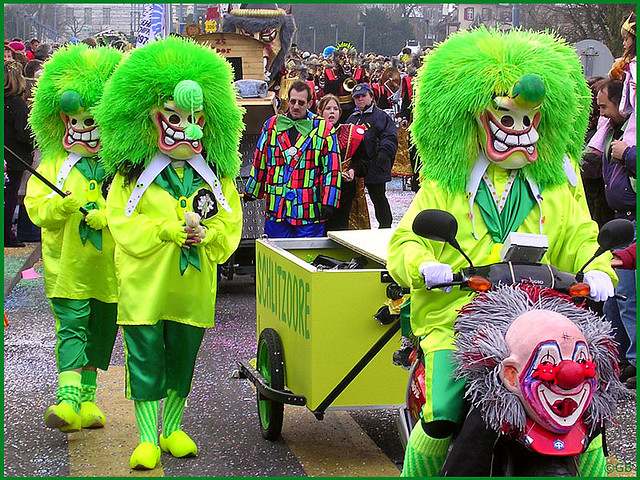
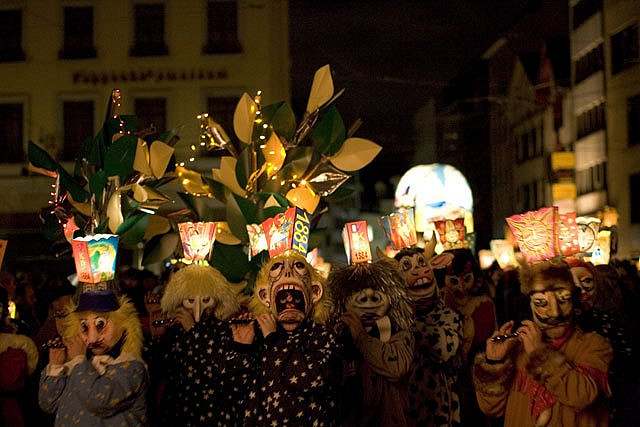
10. The Carnival of Goa, India
The ‘Carnival’ is exclusive and unique to Goa, and was introduced by the Portuguese who ruled over Goa for over five hundred years. The carnival is held in February for three days and nights, when the legendary king Momo takes over the state and the streets come alive with music and color. Huge parades are organized throughout the state with bands, dances and floats out all night on the streets, and grand balls held in the evenings. The carnival concludes with the famous red-and-black dance held by the Club National in Panajim on the final day.
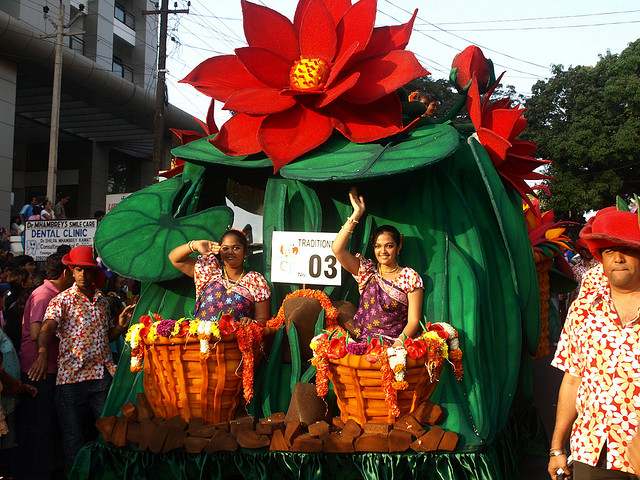
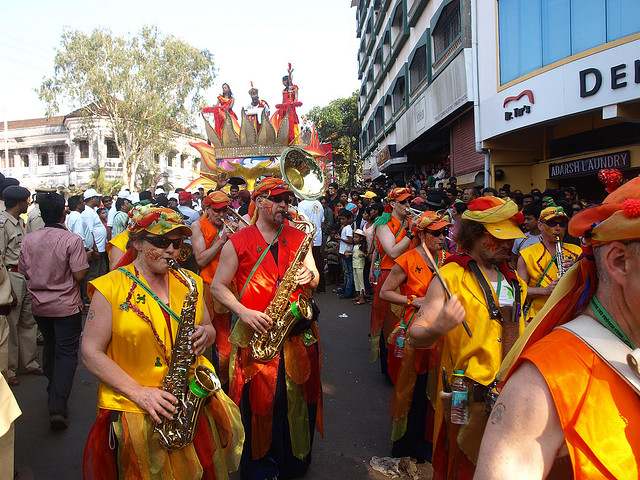
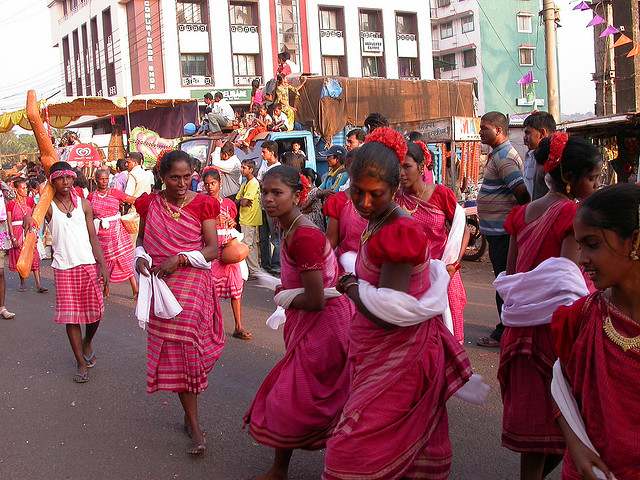







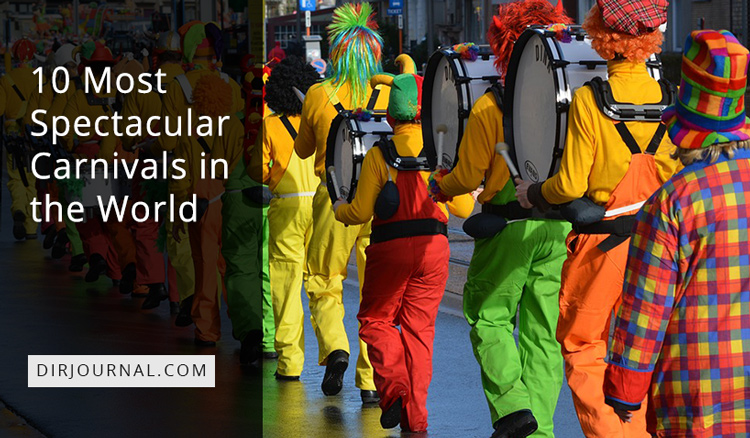
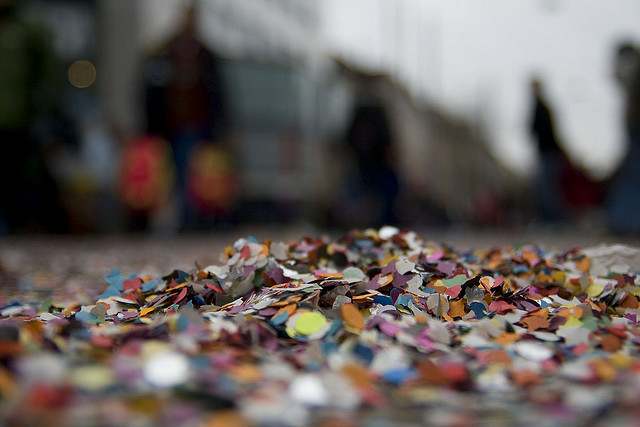

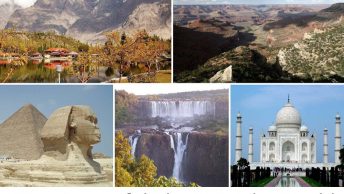




More photos of Carnaval de Santa Cruz de Tenerife 2010 here: http://www.philcrean.com/carnival
I’ll be there again this year so more photos in the gallery in about 10 days time
What about the Rijeka Carnival? This list sucks!
Definitely missing Rijeka
Ended up here after reading your truly awful ’10 most dangerous dog breeds’ nonsense. Sorry, but you write like a child. Give up on the words and just post pictures.
Portugueses implataram o Carnaval no Brasil e em Goa…há mais de 5 seculos
According to reports the Notting Hill Carnival, which is definitely the biggest street party in Europe attracts about 800,000 to 1,000,000 people, and you didn’t deem it fit for your list?
I stopped reading after Trinidad and Tobago didn’t even feature in the top 3. Ridiculous list.
Omg….Thank You Jambo…
Indeed, shame, half of those Carnivals originated or was influenced by Caribbean Carnival
Uhm Y’all aint know nun. Trinidad and Tobago Carnival is always the top 2!! Proven
I would like to know where did you get your fact finding from? I live in Tenerife and yes the Santa Cruz carnival is very good however I went to Trinidad and Tobago Carnival last year and after traveling all around the world following carnivals,T&T Carnival is second or first in my eyes to Brazil.
From costumes to steel bands their own music and dance moves, to all inclusive party and moving trucks packed with speakers as large as cars.The Barranquilla Carnival in Colombia is far better than France and Germany. The Oruro in Bolivia is spectacular and far better than Venice and when you want to judge Carnivals compare 30,000 people to 6,7 an 8 million in one given festival there is no comparison.
This writer needs to get her facts straight…Trinidad and Tobago’s carnival should be on this list. If you don’t believe me…travel there and check it out for yourself.
i dont know about other carnivals but i participated in carnival of goa it was an amazing experience for me
When I saw that Colombian carnaval wasn’t even mentioned I gave up on the list BARRANQUILLA COLOMBIA HAS ONE OF THE BEST AS WELL
That list hororosa, the biggest party of the planet is the carnival of Salvador, in Brazil. if you are unsure. http://www.youtube.com/watch?v=kbIFP-DwAP8&feature=related
The Salvador Carnival is higher until the Carnival of Rio de Janeiro
oruro carnaval in bolivia its wayyy better than many if this carnivals, better than france
The best carneval i Europe is in Rijeka Croatia.
I’m not sure what your definition of spectacular is, but it definitely isn’t in line with the rest of the world. You need to visit Trinidad, Barranquilla Columbia, Santa Cruz de Tenerife, Oruro Bolivia and a good many more “spectacular” carnival destinations that didn’t make it onto your list. Maybe you should rename your article “Top 10 Street Theatre Mas”…I think that’s more appropriate.
agreed lol
u shud defiinitely check out trinidad and tobago’s carnival and all the other places and then redo this list.
A listing cannot be made up until you have experienced all the Carnivals, there is a huge difference between street ballroom mas ( which has made up this listing totally) and a street party (carnival), a person needs to understand this before thay can claim any authority in complying a top listing.
I have experienced Carnival in Trinidad (West Indies) several times, the calypsoes, chutney songs, fetes, steel-pan yards, parade of the bands:: the total experience. I have also experienced other carnivals and street ballroom mas parties, I think Trinidad’s (West Indies) carnival should be way on top in any listing of this sort. Best Regards.
Trinidad for sure should be in the top 10 if not #1. Just because its smaller doesn’t mean it’s not the best. For me, it is the best in my opinion.
Trinidad Carnival is the Best Party on earth. Any Carnival list that doesn’t include it knows nothing about Carnival. I’m not even Trinidadian and I know this. What a joke of a list. You need to re-name it as best Carnivals for White people to go watch and don’t participate in.
you obviously have never witnessed in real or even online Trinidad and Tobago’s Carnival.
THE BEST CARNIVAL IN THE WORLD IS THE “ORURO CARNIVAL” FROM BOLIVIA!!! IS AMAZING!!!:::
http://www.youtube.com/watch?v=jDIFS3KmGPE
Trinidad and Tobago has both the spectators and crowd participation from the competitions to the street parades. A cultural extravaganza. The best Pre-Lenten Carnival in the world!
Barranquilla’s in Colombia and Trinidad & Tobago’s are not listed?!
Berlin? WTF. Cologne, Mainz and Düsseldorf are obvious candidates in Germany with a long tradition and mobilizing huge crowds. A fan of the Swabian-Alemannic Fastnacht could choose Rottweil – although alemannic Basel is mentioned and certainly much larger -, but I would have never thought of Berlin. If it still exists in some years, I might have the opportunity to revise my opinion…
Clearly you have not been to Trinidad for Carnival.
I suggest you visit next year and have a proper list because this one is very much incomplete
The most important italian carnival is the one of VIAREGGIO !!!! BY 1873 !!!!
VIVA VIAREGGIO !!!!!
I’ts ridicoluous this top-10 clasification!!!
the name of the list should be 10 MOST ESPECTACULAR CARNIVALS IN EUROPE, because in latin america we have most famous carnivals than some on this list, like Barranquilla´s Carnival in Colombia. or the Oruro´s Carnival in Bolivia which are even avowed by the UNESCO
I thing patras carnival is the third greatest.
Maybe alittle more work should be done, in compiling this list. You missed the Carnival in Trinidad and Tobago.
Suprisingly the Bridgwater Carnival in Somerset England, is not on your list? Possibly being one of the biggest, if not the biggest ‘illuminated’ carnival in the world, dating back over 400 years!
How about Toronto!!??
How about Aruba?? We have been celebrating Carnival for 60 years now.
Trinidad and Tobago?? London’s Notting Hill?? It is simply ‘criminal’ that these two heavy weights didn’t even get a mention (definitely in the top 3 in my eyes)! Tut-tut!!